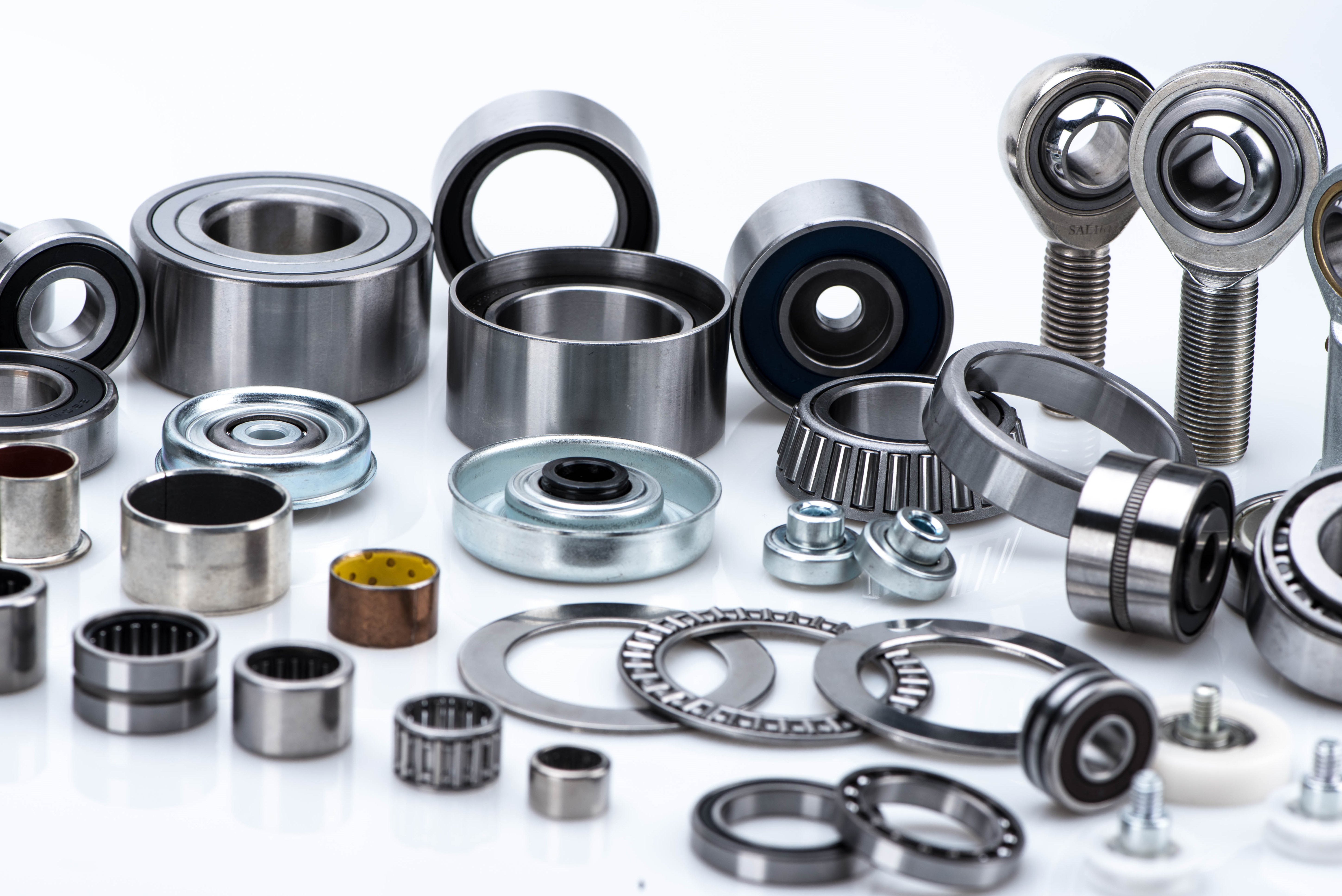Need Support?
Please provide your question. We’ll find you with the best support options.
⬇️ Scroll Down Now or Contact ISK for More Bearing Information
Table of content

Rolling bearings are fundamental mechanical components that play a pivotal role in various industries, from automotive to aerospace and manufacturing. They are designed to reduce friction and enable smooth motion, making them indispensable in countless applications. In this comprehensive guide, we will explore the world of rolling bearings, covering their types, functionalities, and diverse applications.
Questions about Rolling Bearings
- What is a Rolling Bearing?
- What is the Advantage of Rolling Bearings?
A rolling bearing is a type of mechanical component designed to reduce friction between moving parts and facilitate the smooth rotation of shafts or other mechanical components. It typically consists of two rings (inner and outer), known as races, and a set of rolling elements (such as balls or rollers) that are positioned between the races. The rolling elements enable the bearing to support and distribute the load while minimizing friction, allowing for efficient and reliable rotational movement in various machinery and mechanical systems.
Reduced Friction: Rolling bearings significantly reduce friction between moving parts, allowing for smoother and more efficient rotation.
Load Distribution: They distribute loads evenly across the rolling elements, enabling the bearing to support radial and axial loads more effectively.
High Durability: Rolling bearings are designed for durability and can withstand heavy loads, providing long service life in various applications.
Low Noise and Vibration: Compared to sliding bearings, rolling bearings generate less noise and vibration during operation, contributing to quieter and smoother machinery.
High-Speed Capability: Rolling bearings are well-suited for high-speed applications due to their reduced friction, making them ideal for a wide range of industrial and automotive uses.
Versatility: There is a wide variety of rolling bearings designed for specific applications, allowing for versatility and customization based on the requirements of different machinery and systems.
Ease of Maintenance: Rolling bearings are generally easier to maintain and replace than some other types of bearings, contributing to overall system reliability.
Accuracy and Precision: They provide accurate and precise shaft positioning, making them suitable for applications where precision is critical.
These are perhaps the most recognized type of rolling bearings. They utilize small, spherical rolling elements (balls) to reduce friction. Ball bearings are suitable for a wide range of applications, including electric motors, fans, and bicycles.
The inner diameter refers to the size of the central hole or bore of the bearing.
The outer diameter is the measurement of the bearing's outer ring.
The width, also known as the thickness, refers to the dimension between the inner and outer rings of the bearing.
Roller bearings use cylindrical or tapered rolling elements (rollers) to distribute loads evenly. They can handle heavier loads than ball bearings, making them ideal for applications like conveyor systems, automotive transmissions, and heavy machinery.
The inner diameter of a tapered roller bearing refers to the measurement of the inside diameter of the inner race.
The outer diameter of a tapered roller bearing refers to the measurement of the outside diameter of the outer race.
The width of a tapered roller bearing refers to the measurement of the distance between the two races, including the rollers.
Needle roller bearings are a subset of roller bearings and are characterized by their long, thin rollers. They are designed to handle high radial loads in compact spaces and are commonly used in automotive components and industrial equipment.
The inner diameter refers to the size of the central hole or bore of the bearing.
The outer diameter is the measurement of the bearing's outer ring.
The width, also known as the thickness, refers to the dimension between the inner and outer rings of the bearing.
Thrust bearings are specialized rolling bearings designed to handle axial (thrust) loads. They are commonly found in applications such as gearboxes, helicopter rotors, and axial fans.
The inner race contains the groove where the rolling elements (balls) are located.
The outer diameter of a thrust ball bearing refers to the measurement of the outside diameter of the outer race.
The width of a thrust ball bearing, also known as the axial height or thickness, refers to the measurement of the distance between the two races. It includes the rolling elements (balls) and represents the dimension in the axial direction.

These bearings feature barrel-shaped rolling elements and are designed to accommodate misalignment and heavy radial and axial loads. They are used in applications like heavy-duty mining equipment and paper mills.
Rolling bearings are the unsung heroes of mechanical engineering, enabling countless devices and machinery to function smoothly and efficiently. Understanding the various types of rolling bearings and their applications is essential for engineers, designers, and maintenance professionals. Whether it's reducing friction in an automotive engine or supporting the massive blades of a wind turbine, rolling bearings are a cornerstone of modern technology, ensuring that our world keeps rolling forward.
Discover more about the features and applications of various bearings.
Click here to explore more articles and find the perfect bearing for your project.
Needle Bearings (Roller Bearings) are a type of bearing that performs exceptionally well at high speeds. Their rollers are precisely guided by specially shaped, high-rigidity cages with minimal dimensional error. Despite their small cross-section, needle bearings...
How Do Ball Bearings Work? Bearings are often small and unassuming components in a product, yet they are crucial for its proper functioning. Without bearings, many products would fail to operate effectively. But do you know how ball bearings...
Please provide your question. We’ll find you with the best support options.